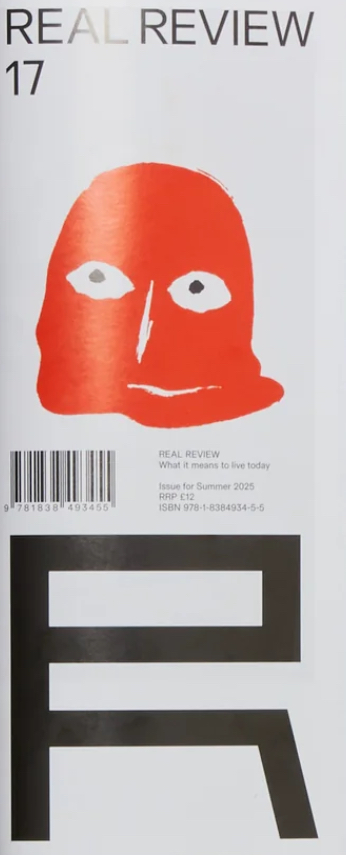MZIN
public service.
visual culture.
print matters.
mail[@]mzin.de
0049-0341-9911135
instagram facebook
(paypal accepted)
(all prices in euro)
#18889
revue Faire (ch)
design, graphic, magazines/periodicals, typography
Volume 12 (#42-43-44-45)
#43 — A typeface: "Typographic writing"
Author: Thierry Chancogne
In 1920, Francis Thibaudeau dedicated his manual of modern typography, La Lettre d'imprimerie, to Auriol, a letterer and typographer from the beginning of the century, whom he described as "the innovator of typographic writing." The book is set using multiple variants of Auriol's striking typefaces—notably the outline font Auriol-champlevé, the stencil Auriol labeur, the narrow Française Légère, and the bold Robur Noire.
And it should be noted that perhaps the most widespread of these alphabets, Auriol labeur, is a typeface which defends both the pictorial dynamics of its components, visibly brushed with an august gesture, as well as the more-or-less industrial technicality of the bridges of this stencil typeface. One could be quite rightly struck by the oxymoron of so-called "typographic writing."
How does writing, along with its contingent, situated, and personal dynamics function in conjunction with the industrial and normative generalization of typography? Can a typeface, an abstract ideal, an orthographic contract, act upon historical movements and the specific and constantly renewed inclusion of alphabets? What happens to cursiveness when it is somehow "reclaimed" by the relatively definitive, or at the very least perennial, form of fonts?
#44 — A conundrum: the visual communication of neuroscience.
Author: James Langdon
Neuroscience is a visual science. Our understanding of the brain's biology originates in the beautiful and pioneering images of neurons and dendrites produced by Santiago Ramón y Cajal and Camillo Golgi in the late nineteenth century. In recent decades neuroscience has embraced computational imaging. We have witnessed dynamic images of living brains produced by fMRI, and intricate, colourful representations of "neural connectomics" that promise ultimately to reveal the 'wiring diagram' of the human brain. Such images are not merely the documentation of scientific work, they are themselves primary sites of research. The images are the science.
And yet the interaction of neuroscience with mainstream visual culture tends toward the simplistic and the amateurish. Science communication seems to regard graphic design and art direction sceptically, preferring to contextualise its technical images with a collage of cartoons, internet memes, and generic high- tech stock photography. The emerging neurotechnology industry, by contrast, adopts the visual language of corporate "big tech". Billionaire entrepreneur Elon Musk's Neuralink project presents its experimental neural implant technology as if it were an innocent commercial appliance.
These observations are urgent. Inevitably neuroscience will soon yield opportunities for technologically augmenting the human brain that could further entrench inequality and stratification in our society. This text is not a call for more friendly interdisciplinary collaboration between graphic design and neuroscience, but a pointed critical assessment of the visual literacy of one field from the perspective of another.
#45 — Made Redundant (4 Templates)
Author: Stuart Bertolotti-Bailey
Templates in graphic design are usually associated with convenience and efficiency, their dual purpose being to speed up work by circumventing the need to make decisions, and to ensure consistency by restricting the parameters of possibility. But they can be deployed in less reductive, more enterprising ways too. This essay recounts the development of four projects made with various collaborators, each involving a very particular template made in such a spirit. Classified here as the "Generative Headache", the "Meeting Point", the "Happy Medium" and the "Industry Default", these four types trace the gradual shift from physical to digital media over the last couple of decades.
“Critical publications dedicated to the analysis of Graphic design are sadly few and far between today, particularly in France, but also in Europe as a whole. Adopting an analytical and critical posture with regard to the forms and activities of Graphic design, Sacha Léopold and François Havegeer intend to establish a printed publication that deals with these practices. The publication will work with seven authors in its first year (Lise Brosseau, Manon Bruet, Thierry ChancogneJérôme Dupeyrat, Catherine Guiral and Étienne Hervy). This initially limited choice, linked to a desire to propose an experience with a group that has previously participated together in projects, will then allow for the inclusion of foreign authors in the second year of publication.”
35.00 €
Out of stock
0In stock





